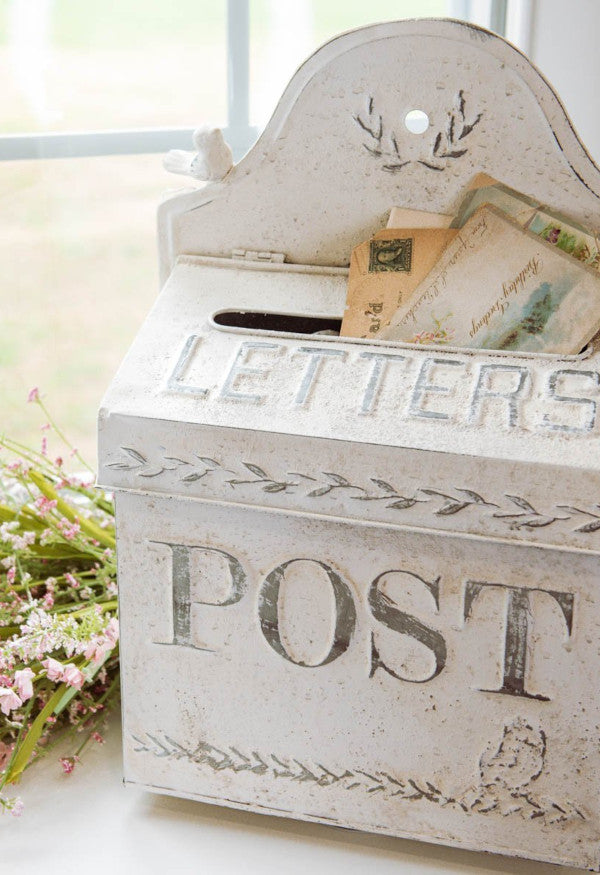Free Shipping on Orders $99+
Menu
-
-
Decor
-
Bed & Bath
-
Furniture & Lighting
-
Rugs
-
Tabletop
-
Storage
-
Walls
-
Gifts
-
Outdoor
-
Seasonal
- Sale
-
- (631) 567-0828
- Login

Free Shipping on Orders $99+

The Journey of Vintage: From Antique to Chic
November 30, 2023 2 min read
In recent years, the allure of vintage furniture has experienced a remarkable resurgence. This article delves into the world of vintage furniture, exploring its enduring appeal and its triumphant comeback in contemporary interior design.
Understanding Vintage Furniture
Vintage furniture typically refers to pieces that are 30 to 100 years old. Unlike antiques, which are over 100 years old, vintage items offer a blend of historical value and contemporary relevance. They embody various design eras, from the ornate Art Nouveau to the minimalist Mid-Century Modern.
Historical Context
The historical significance of vintage furniture is undeniable. Each piece reflects the social, economic, and artistic influences of its time. For instance, the roaring 1920s introduced Art Deco's bold geometric patterns, while the 1950s and 1960s celebrated simplicity and functionality in response to the post-war era's changing lifestyles.
The Comeback Story
The comeback of vintage furniture in modern times can be attributed to several factors. A growing appreciation for craftsmanship, a desire for unique and character-rich pieces, and the rise of sustainable living practices have all fueled the resurgence of vintage styles.
Vintage Meets Modern: A Harmonious Blend
One of the most appealing aspects of vintage furniture is its versatility. Designers and homeowners are increasingly blending vintage pieces with modern decor, creating spaces that are both stylish and timeless. This approach not only adds visual interest but also creates a sense of continuity between the past and present.
Sustainability and Vintage Furniture
The revival of vintage furniture is also closely tied to the sustainability movement. Reusing and repurposing vintage pieces is an environmentally friendly alternative to buying new, mass-produced furniture. This practice reduces waste and conserves resources, making vintage furniture a choice that's both chic and eco-conscious.
The Emotional Appeal
Beyond aesthetics, vintage furniture resonates on an emotional level. Each item tells a story, carrying the marks and patinas of its past lives. This connection to history and the stories embedded in each piece add a layer of depth and meaning to interior spaces.
Challenges in Integration
Incorporating vintage furniture into modern interiors is not without its challenges. Issues such as restoration, preservation, and the harmonious blending of different styles require thoughtful consideration and a keen eye for design.
The Future of Vintage
As we look to the future, the trend of vintage furniture shows no signs of waning. It continues to evolve, with designers and homeowners finding innovative ways to integrate these pieces into contemporary spaces.
Conclusion
The resurgence of vintage furniture is a testament to its timeless appeal. As we embrace these pieces in our modern homes, we're not just adopting a style; we're preserving a rich tapestry of history, craftsmanship, and sustainable living. The journey of vintage furniture from a bygone era to a contemporary trend highlights our ongoing romance with the past, reimagined for the present.
Leave a comment
Comments will be approved before showing up.
Newsletter
Sign up to get the latest on sales, new products and more …
and receive 10% off your first order!

Hello There!
Let's keep in touch! Never be the last to know about our new arrivals, sales and promotions!
